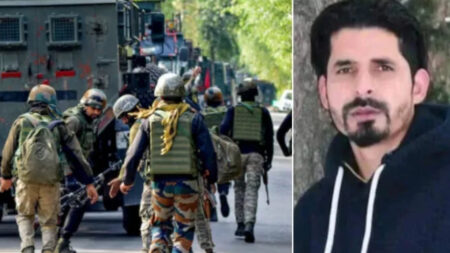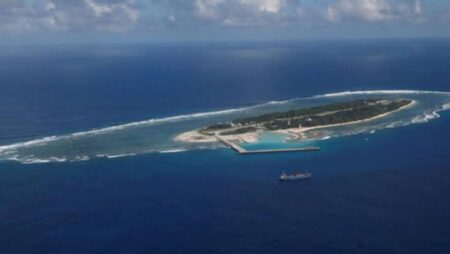In a rapidly evolving global landscape, the Asia-Pacific region has become a focal point of international attention. Russia’s Dmitry Medvedev, the deputy chair of the Russian Security Council and former President, has expressed grave concerns about Japan’s “militarization” and its implications for the stability of the Asia-Pacific region. This issue revolves around a complex history of territorial disputes, military buildups, and shifting alliances. In this article, we will delve into the intricacies surrounding Japan’s “militarization” and how it complicates the situation in the Asia-Pacific region.
Table of Contents
The Territorial Dispute
Central to understanding the concerns raised by Dmitry Medvedev is a decades-long territorial dispute between Russia and Japan. The dispute centers around the Kuril Islands, a chain of small islands located off Hokkaido, Japan’s northernmost island. Moscow refers to these islands as the southern Kurils, while Tokyo claims them as its Northern Territories. The roots of this dispute can be traced back to World War Two when the Soviet Union seized control of the islands in the final days of the war.
The lack of resolution on this territorial issue has been a persistent thorn in the relationship between Russia and Japan. It has prevented the two nations from signing a formal peace treaty, formally ending hostilities and establishing normalized relations.
Medvedev’s Concerns about the Asia-Pacific region
Dmitry Medvedev’s expressed regret over what he sees as Japan’s course towards militarization. He highlighted the staging of troop exercises near the Kuril Islands, which, in his view, significantly complicates the situation in the Asia-Pacific region. These exercises are not viewed as mere military drills by Russia but rather as provocative actions that exacerbate regional tensions.

Japan’s Military Buildup
Japan’s stance on military matters has shifted in recent years, as evidenced by its robust military buildup. Japan’s defense ministry has proposed a record $53 billion budget for the next fiscal year, marking the largest military investment since World War Two. Their goal is to double defense spending to 2% of the country’s gross domestic product by 2027.
This significant increase in military expenditure is attributed to a variety of factors. Japan cites an increasingly assertive China as one of its primary concerns. China’s expanding presence in the Asia-Pacific region has raised apprehensions in Japan, prompting a reassessment of its security posture. Additionally, the unpredictable behavior of North Korea has contributed to Japan’s decision to bolster its defenses.
Regional Implications
Japan’s militarization has not gone unnoticed by its neighbors. Countries in the Asia-Pacific region, particularly South Korea and China, have raised concerns about the potential consequences of Japan’s military buildup. They worry that Japan’s actions could escalate regional tensions and potentially trigger an arms race.
The United States, as a key ally of Japan, further complicates the situation. The U.S. has consistently supported Japan’s efforts to enhance its defense capabilities, viewing it as a means to promote regional stability. However, this support also adds to the unease among neighboring nations.

The issue of Japan’s “militarization,” as perceived by Russia’s Dmitry Medvedev, is a multifaceted and sensitive one. It is deeply rooted in historical tensions, territorial disputes, and contemporary geopolitical dynamics. While Japan asserts that its actions are aimed at safeguarding its security and that of the region, Russia remains cautious, viewing these developments through a different lens.
The Asia-Pacific region, already fraught with challenges, watches closely as these dynamics continue to evolve. Diplomacy and dialogue remain essential in addressing these complex issues and preventing further destabilization in the Asia-Pacific region.













